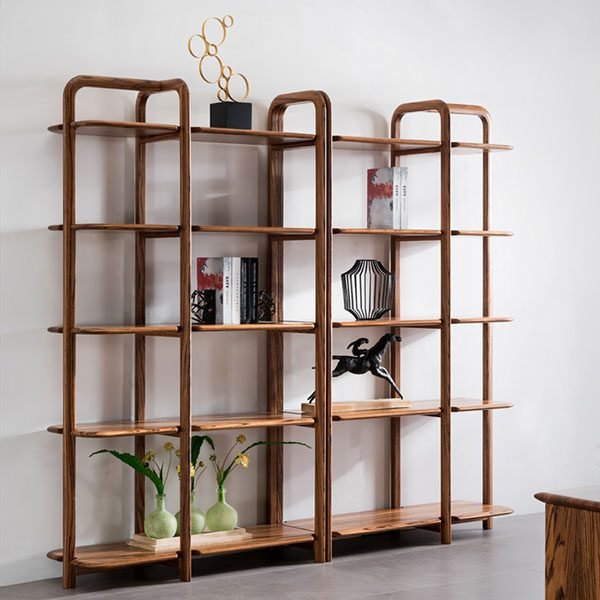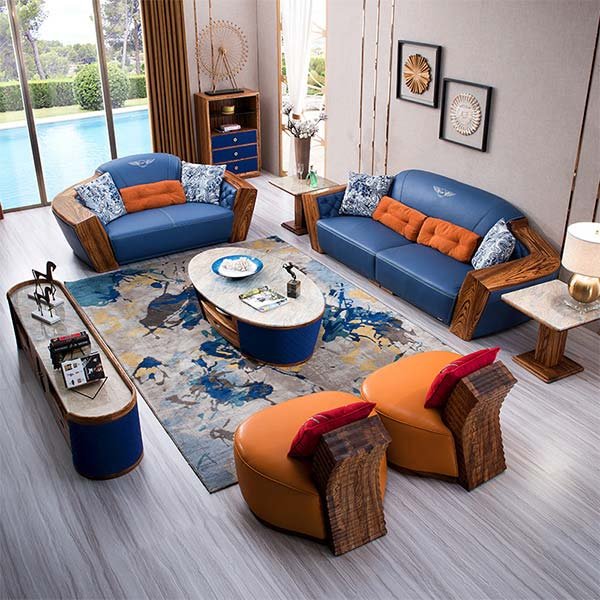“Arrange your living room furniture with style and comfort in mind!”
Furniture Placement Tips for Small Living Rooms
Arranging furniture in a small living room can be a challenging task, but with the right tips and tricks, you can make the most of the space you have. One of the key things to keep in mind when arranging furniture in a small living room is to maximize the available space and create a sense of openness.
Start by measuring the dimensions of your living room and the furniture you plan to use. This will help you determine the best layout for your space. Consider the traffic flow in the room and make sure there is enough space for people to move around comfortably.
When arranging furniture in a small living room, it’s important to keep the scale of the furniture in mind. Choose pieces that are proportionate to the size of the room and avoid oversized furniture that can make the space feel cramped. Opt for furniture with clean lines and open legs to create a sense of airiness.
To create a focal point in your small living room, consider placing the largest piece of furniture, such as a sofa or a sectional, against the longest wall. This will help anchor the room and create a sense of balance. Arrange the rest of the furniture around the focal point, keeping in mind the traffic flow and leaving enough space for people to move around.
If you have a small living room, consider using multifunctional furniture to maximize space. For example, a coffee table with storage can help keep clutter at bay, while a sofa bed can provide extra seating and sleeping space for guests. Look for furniture that can serve multiple purposes to make the most of your small living room.
When arranging furniture in a small living room, consider the placement of lighting fixtures. Proper lighting can help create a sense of depth and make the room feel larger. Use a mix of overhead lighting, floor lamps, and table lamps to illuminate different areas of the room and create a cozy atmosphere.
To make your small living room feel more spacious, consider using mirrors to reflect light and create the illusion of depth. Place a large mirror on a wall opposite a window to bounce natural light around the room. You can also use mirrored furniture or accessories to add a touch of glamour to your space.
In conclusion, arranging furniture in a small living room requires careful planning and consideration of the available space. By choosing the right furniture, creating a focal point, using multifunctional pieces, and paying attention to lighting and mirrors, you can make your small living room feel cozy and inviting. With these tips and tricks, you can create a functional and stylish space that maximizes the potential of your small living room.
Creative Ways to Arrange Furniture in a Large Living Room
Arranging furniture in a large living room can be a daunting task, but with a little creativity and planning, you can create a space that is both functional and stylish. One of the key things to consider when arranging furniture in a large living room is the layout of the room itself.
Start by taking measurements of the room and mapping out where you want to place your furniture. This will help you visualize how the space will look once everything is in place. Once you have a plan in mind, it’s time to start arranging your furniture.
One creative way to arrange furniture in a large living room is to create separate seating areas. This can help break up the space and make it feel more cozy and inviting. Consider placing a sofa and a couple of chairs in one area, and a couple of armchairs and a coffee table in another. This will allow for multiple conversation areas and make the room feel more intimate.
Another creative way to arrange furniture in a large living room is to create a focal point. This could be a fireplace, a large piece of artwork, or a statement piece of furniture. Arrange your furniture around this focal point to draw the eye and create a sense of balance in the room.
If you have a large living room, you may also want to consider using rugs to define different areas within the space. A rug can help anchor a seating area and create a sense of coziness. Consider using different rugs to delineate different zones within the room, such as a rug under the dining table or a rug under the coffee table.
When arranging furniture in a large living room, it’s important to consider traffic flow. Make sure there is enough space between furniture pieces to allow for easy movement throughout the room. You don’t want to feel cramped or have to navigate around furniture to get from one side of the room to the other.
One final tip for arranging furniture in a large living room is to consider the scale of your furniture. Make sure that your furniture is proportionate to the size of the room. Avoid using oversized pieces that will overwhelm the space, and instead opt for furniture that fits comfortably within the room.
In conclusion, arranging furniture in a large living room can be a fun and creative process. By taking measurements, creating separate seating areas, using rugs to define spaces, and considering traffic flow and scale, you can create a space that is both functional and stylish. With a little planning and creativity, you can transform your large living room into a welcoming and inviting space for family and friends to gather.
How to Create a Cozy and Functional Layout in Your Living Room
Arranging furniture in your living room can be a daunting task, but with the right approach, you can create a cozy and functional layout that suits your needs.
Start by assessing the size and shape of your living room. Consider the natural focal point of the room, such as a fireplace or a large window, and arrange your furniture around it. This will create a sense of balance and harmony in the space.
Next, think about the traffic flow in the room. Make sure there is enough space for people to move around comfortably without bumping into furniture. Consider creating distinct zones within the room, such as a seating area and a reading nook, to make the space more versatile.
When arranging your furniture, consider the scale and proportion of each piece. Avoid overcrowding the room with too much furniture, as this can make the space feel cramped and cluttered. Instead, opt for a few key pieces that are appropriately sized for the room.
To create a cozy atmosphere, consider the placement of lighting in the room. Use a mix of overhead lighting, floor lamps, and table lamps to create a warm and inviting ambiance. Consider adding a few decorative elements, such as throw pillows, blankets, and rugs, to add texture and visual interest to the space.
When arranging your furniture, consider the needs of your family and how you use the space. If you enjoy entertaining guests, make sure there is enough seating for everyone. If you have young children, consider incorporating durable and easy-to-clean fabrics into your furniture choices.
To create a cohesive look in your living room, consider the color scheme and style of your furniture. Choose a color palette that complements the rest of your home and reflects your personal style. Consider mixing and matching different textures and materials to add depth and visual interest to the space.
Finally, don’t be afraid to experiment with different furniture arrangements until you find one that works for you. Remember that the layout of your living room should be functional and practical, but also reflect your personal style and taste.
By following these tips, you can create a cozy and functional layout in your living room that suits your needs and enhances the overall look and feel of your home. With a little creativity and planning, you can transform your living room into a welcoming and inviting space for you and your family to enjoy.
Заключение
Arrange living room furniture in a way that promotes good flow and functionality, while also creating a visually appealing space. Consider the size and shape of the room, the focal point, and the traffic flow. Experiment with different furniture layouts until you find one that works best for your space. Don’t be afraid to mix and match different pieces to create a unique and inviting atmosphere.



